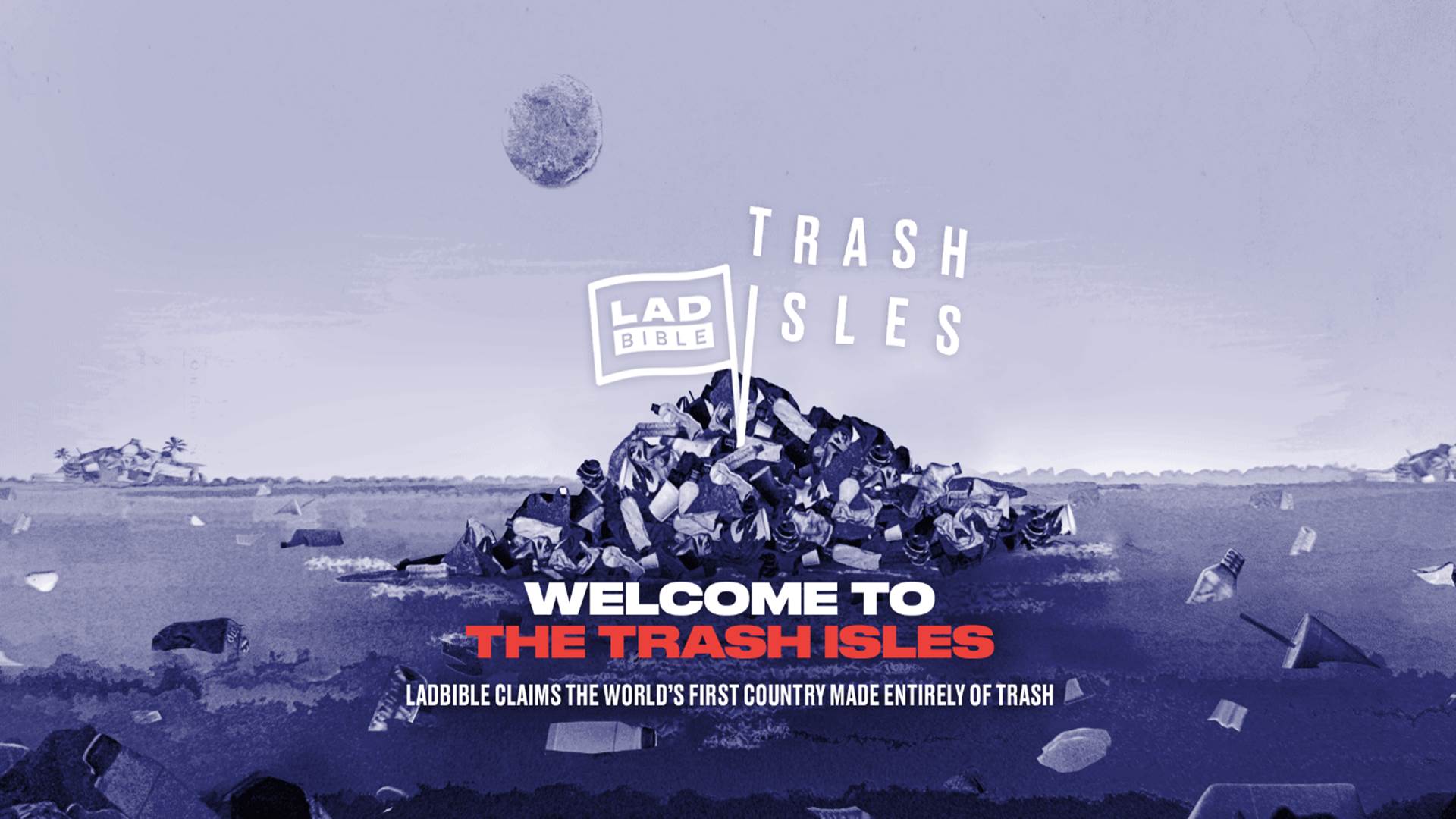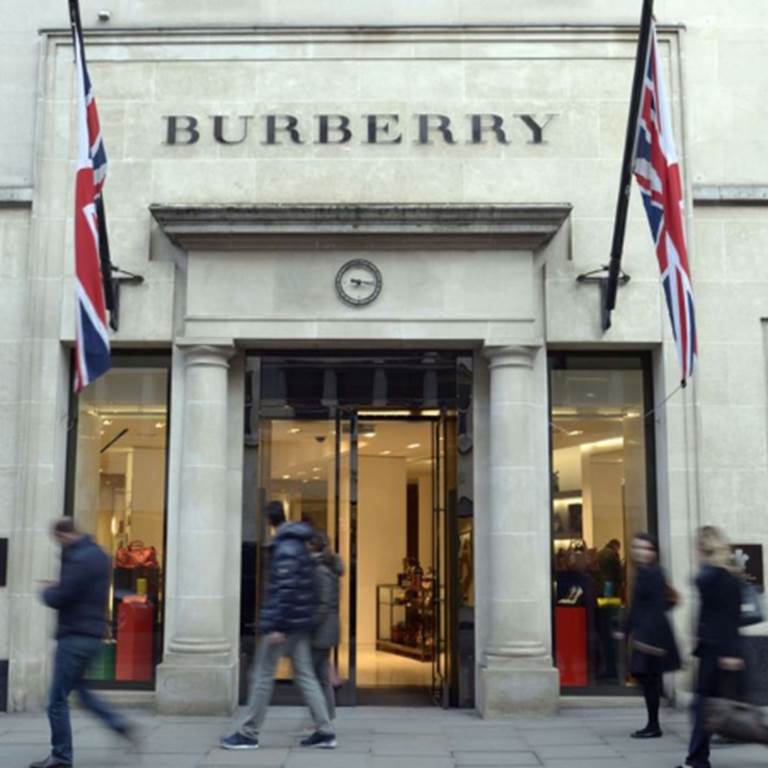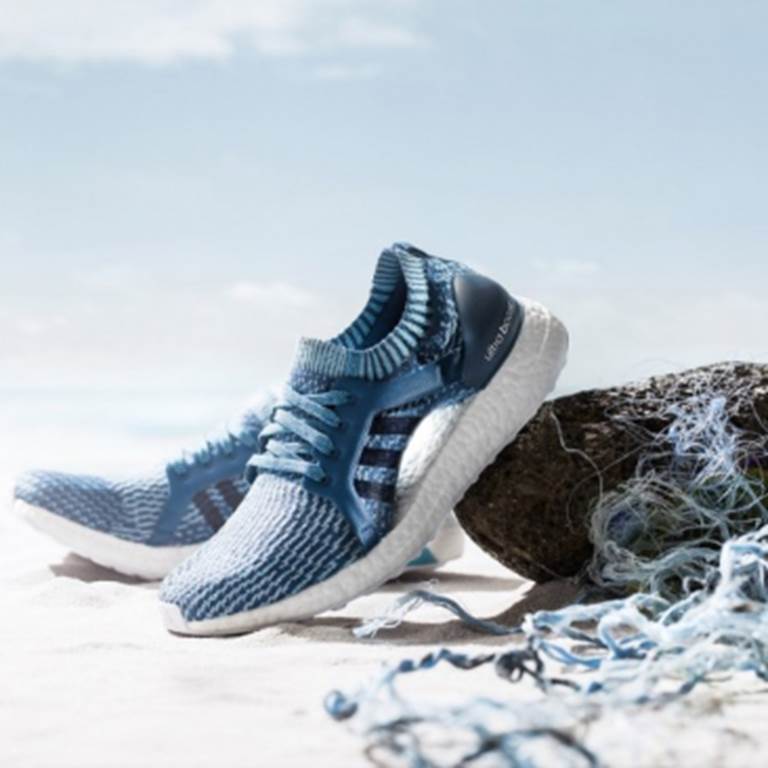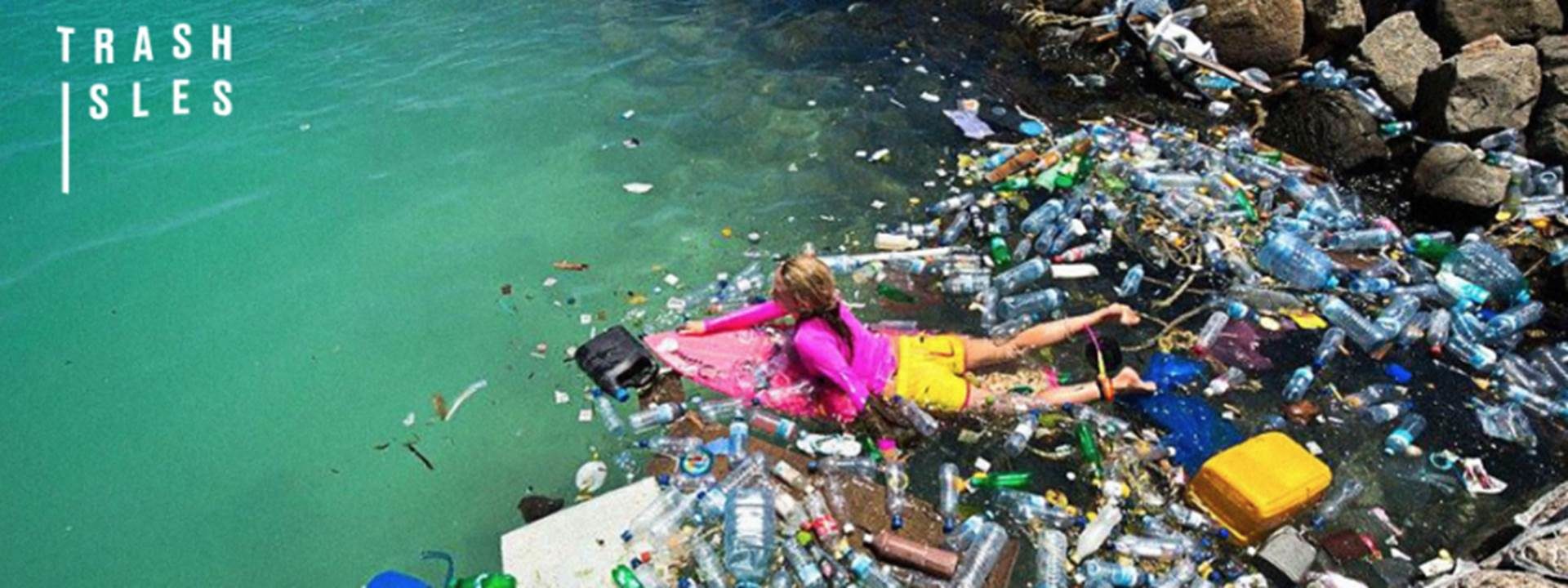Do we need to take out the trash?
Currently, we just don’t know what to do about our waste.
On one hand, LadBible and Plastic Oceans Foundation have just won the Cannes Lions Grand Prix for ‘Trash Isles’; the creation of a new country to raise awareness of ocean pollution. On the other hand, Burberry destroyed £28.6m worth of perfect stock last year (and £90m over the past five years) just in the name of protecting brand identity.
What should the industry be doing about waste? Waste is one of the most confusing value systems in the world today. Why? Waste is a temporal construct; produced by the effect of time on a thing or object. As a result, it is the changing state of a thing from useful to useless; from treasure to trash. Some objects become waste very quickly - say, a sticky plaster you’ve worn for the day, while others take a while to transition into wastelessness - like your favourite beat-up old pair of trainers. Certain (often sentimental) things are hard to ever classify - your smelly old teddy bear or precious notebooks filled with ideas. We attach emotions and properties to our things – they are our possessions, our memories.



So, is advertising guilty of exacerbating the waste economy, by pushing the consumption of ‘stuff’, or is advertising about helping consumers navigate the plethora of options and find just the products that make them happiest?
Burning wasted resources in the name of protecting brand dilution and profitability is simply not good enough in today’s world. I


